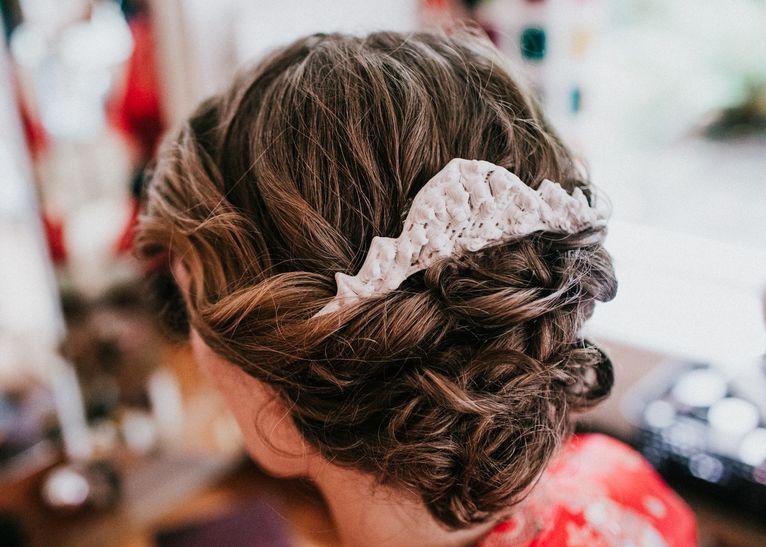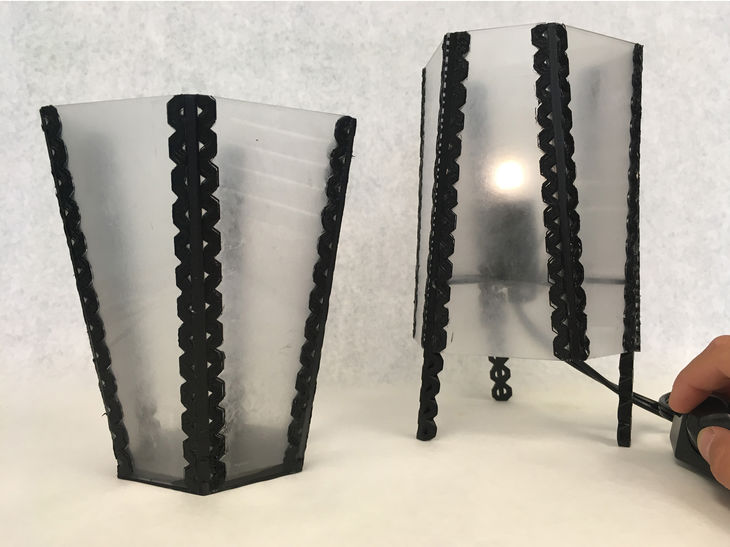Ground mussel shells for 3D printing
Marita Sauerwein used a 3D printer to create a vase and a hair clip made from ground mussel shells, with sugar and alginate as binding agents. With these prototypes she shows that 3D printing and reprinting using locally sourced sustainable and natural raw materials is a viable option in a circular economy. This does however call for a different approach in the design process. The designer will be awarded her PhD at TU Delft on Wednesday 14 October.
Athough there is plenty of optimism about the use of 3D printing to stimulate the transition to a circular economy, very few applications of 3D printing actually support and facilitate a circular economy. In a circular economy, the design process seeks to preserve the value of products and materials in the economic system. This can be achieved by extending the product lifetime, or through the high-quality reuse and recovery of products and materials.
20 million kilos of raw materials
The Netherlands has an abundant supply of mussel shells, for example. Every year, 55 million kilos of mussels are harvested here, resulting in 20 million kilos of waste. What if you could put that mountain of waste material to good use, and even reuse it? To investigate the possibility of using these types of new materials in 3D printing, Sauerwein experimented with materials, designed prototypes and actually produced them.
Dissolve and re-print
One of the key requirements for practical use in a circular economy is that it must be possible to deconstruct and reassemble the materials used without deterioration of quality. In this case, the prototypes can simply be dissolved in water to form a paste, which can then be reused in the 3D printer without any loss of quality. The most important finding of Sauerwein for this was the binding agent. The compounds made with the mussel shells and alginate are fully reversible, making them suitable for reuse in another product design without quality loss. Also, products printed with alginate can be bend after submersion in water, creating new possibilities, like a hair clip, shaped precisely to your head.
Life cycle and design
According to the doctoral candidate, the development of re-printable materials calls for a different approach to design and a different perspective on the life cycle of a product. You have to think about how products and material can be reused without losing quality as soon as you start designing. Sauerwein also illustrates this with the prototypes of a lamp and a vase, with reversible 3d printed joints. ‘They are made out of the same panels, but the 3D-printed joints allow for a unique design. These findings are interesting for designers, because they give the potential for more freedom in product design in a circular economy.’
Delft Design
Sauerweins work is exemplary for Delft Design, in which technology is combined with a human and organisational approach. During the Dutch Design Week next week, and also the coming months, a total of nine PhD students will be defending their research on design solutions for a circular economy. The first three Delft Design Stories can already be found online:
- Technology: Marita Sauerwein on What can mussel shells teach us about circular economy
- Organisation: Vivian Tunn on How circular business models keep consumers in the loop
- Human: Flora Poppelaars on The circular economy needs your old phones (and other things)
More information
14th October 2020, 12:30 PM, PhD defence Marita Sauerwein: Additive manufacturing for circular product design.
Promotors: Prof Ruud Balkenende en Prof Conny Bakker; copromotor: Dr Zjenja Doubrovski (all Faculty of Industrial Design and Engineering, IDE).
Contact: M.Sauerwein@tudelft.nl, marietsau@gmail.com
Communication advisor IDE: Marc de Kool, +31 15 2783723, A.J.M.deKool@tudelft.nl
Science Information Officer TU Delft: Roy Meijer, +31 6 14015008, r.e.t.meijer@tudelft.nl


